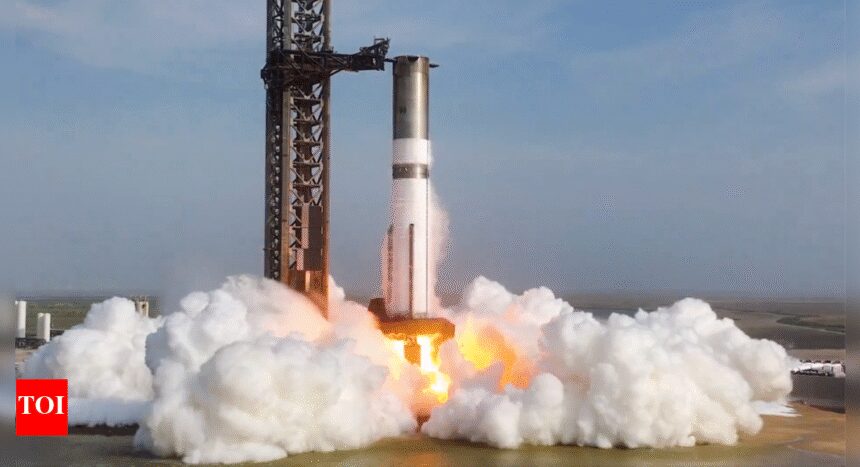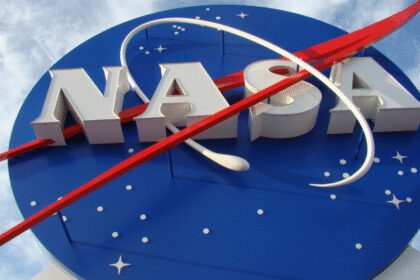The United States Federal Aviation Administration (FAA) has granted SpaceX approval to proceed with its ninth flight of the Starship rocket, following an investigation into the explosive anomaly that occurred during its previous launch. SpaceX can now continue to test the world’s most powerful and reusable rocket system, utilizing additional safety measures for Flight 9.
Increased Safety Measures for SpaceX Flight 9
To minimize disruption to air traffic, the FAA increased the designated Aircraft Hazard Area (AHA) for Flight 9 to approximately 1,600 nautical miles, compared to the 885 nautical miles for Flight 8. This expanded zone spans from Texas through parts of the Caribbean, reflecting the growing complexity and scale of Starship test operations.
Flight 8 Failure and Investigation
The mishap on March 6 involved the upper stage of SpaceX’s Starship, "Ship,," exploding shortly after lift-off. Debris the 52-meter-tall vehicle fell into the Atlantic Ocean, impacting the Bahamas. The rocket’s first stage, Super Heavy, successfully returned to SpaceX’s Starbase site in Texas. The FAA convened a review to determine that SpaceX’s corrective measures were adequate and a detailed investigation finalized the review.
Reuse of Key Components
Flight 9 will showcase the reusability of Super Heavy, the same booster that was used for Flight 7. SpaceX aims to demonstrate the capability of successfully recovering and preparing this booster for another launch, which marks a key milestone in achieving full reusability for the ambitious Starship program.
Next Steps for SpaceX
Although SpaceX has not announced a specific launch date, airspace closures suggest a potential launch deadline of May 27th. With FAA approval in place, attention will turn to ensuring a safe operational launch, which could support future missions to the moon and Mars.
In summary, FAA approval for the ninth Starship flight represents a significant step forward in testing and reusability, aligning with SpaceX’s strategic goals and safety standards.








